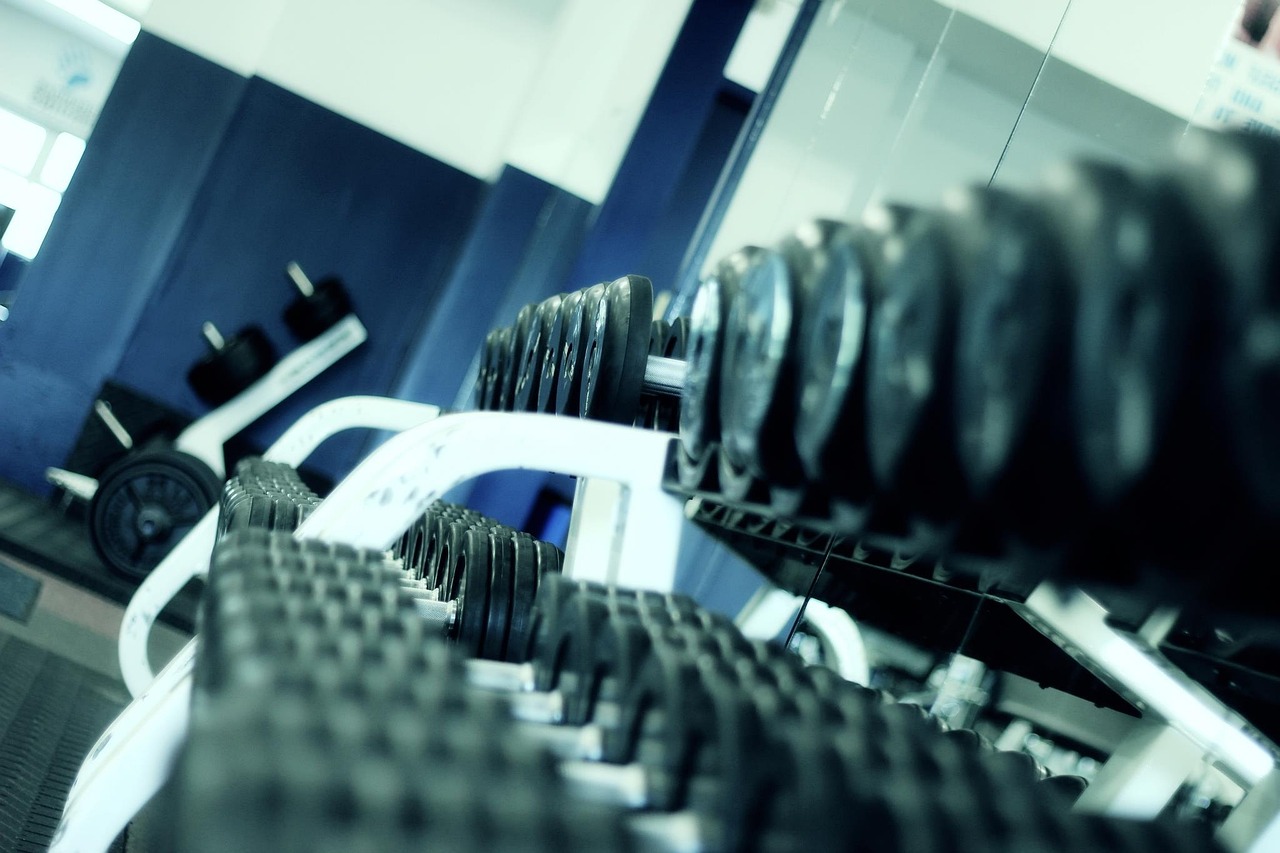Your cart is currently empty!

Training to Failure: What the Research Says About Strength and Hypertrophy
Posted by:
|
On:
|
Research recap of ZP Robinson, Pelland JC, Remmert JF, et al. Exploring the Dose–Response Relationship Between Estimated Resistance Training Proximity to Failure, Strength Gain, and Muscle Hypertrophy: A Series of Meta-Regressions. Sports Medicine. 2024;54(9):2209-2231. doi:10.1007/s40279-024-02069-2
For decades, gym-goers and professional athletes alike have debated a critical question in resistance training: how close to failure should you train to maximize strength and muscle growth? A recent meta-analysis led by researchers from Florida Atlantic University, Deakin University, Auckland University of Technology, and Solent University seeks to provide clarity on this issue. Their study, titled “Exploring the Dose-Response Relationship Between Estimated Resistance Training Proximity to Failure, Strength Gain, and Muscle Hypertrophy,” analyzes data from 55 studies to determine how the number of repetitions left before failure—known as Repetitions in Reserve (RIR)—affects training outcomes.
Strength vs. Hypertrophy: Different Rules Apply
The study reveals a key distinction: training to failure appears to benefit muscle hypertrophy (growth), while strength gains remain relatively unaffected by proximity to failure. This means that for individuals aiming to increase muscle size, pushing sets closer to absolute failure may be beneficial. However, for those prioritizing strength, maintaining some RIR does not significantly hinder progress.
The researchers used advanced statistical models to analyze how RIR correlates with muscle growth and strength development. Their findings suggest that hypertrophy follows a more linear relationship with failure—meaning the closer you train to failure, the better the muscle growth. Strength, on the other hand, did not show a clear trend, with gains remaining stable across different levels of RIR.
Why Doesn’t Strength Depend on Training to Failure?
One possible explanation lies in the principle of specificity. Strength training typically involves heavier loads, where an athlete might only perform one to five repetitions per set. Unlike hypertrophy training, where more repetitions are completed, high-load strength training inherently brings trainees closer to failure. The study suggests that factors such as force production and neuromuscular efficiency play a more critical role in strength adaptation than simply training to failure.
Additionally, avoiding failure may help athletes manage fatigue better. Training to failure can lead to excessive neuromuscular fatigue, which could negatively impact subsequent training sessions. This is particularly important for strength athletes who require high-quality repetitions at heavy loads to improve their performance over time.
How the Study Measured Proximity to Failure
Since most resistance training studies do not report exact RIR values, the researchers estimated them based on training protocols. They categorized studies into groups such as those training explicitly to failure, those using velocity-based training (which indirectly measures fatigue), and those reporting self-estimated RIR. Using statistical modeling, they mapped out the dose-response relationship between RIR and training outcomes.
The Role of Volume and Load in Strength and Hypertrophy
One interesting takeaway is that training volume (total sets and reps) and load (percentage of one-rep max) played significant roles in determining results. The researchers found that high-load training had a more profound effect on strength gains than proximity to failure, reinforcing the idea that lifting heavier weights is more important for strength than simply grinding out extra reps.
For hypertrophy, however, the relationship was different. As expected, greater training volume and proximity to failure contributed more significantly to muscle growth. This supports the widely accepted principle that muscle fatigue and metabolic stress play a crucial role in hypertrophic adaptations.
Implications for Athletes and Coaches
For strength-focused athletes such as powerlifters, this study suggests that stopping a few reps short of failure (maintaining 2-4 RIR) may be just as effective as training to failure, while also reducing overall fatigue and risk of injury. On the other hand, bodybuilders and those focused on muscle size might benefit from taking more sets closer to failure to maximize hypertrophic responses.
However, the study does caution against a one-size-fits-all approach. Individual variability plays a role, and training adaptations can differ based on experience level, genetics, and program design. Moreover, the study acknowledges that their estimations of RIR, while methodologically rigorous, are still approximations and should be interpreted with some caution.
Final Thoughts
This research reinforces a growing consensus in sports science: the optimal way to train depends on your goal. If you’re training for muscle growth, pushing closer to failure is more effective. But if you’re chasing strength, focusing on heavy loads and stopping short of failure may be just as beneficial while sparing unnecessary fatigue.
Ultimately, this study helps refine our understanding of how resistance training variables influence outcomes, offering valuable insights for athletes, trainers, and fitness enthusiasts looking to optimize their routines. Future research will likely continue to fine-tune these findings, but for now, lifters can use these insights to make more informed training decisions based on their specific goals.
